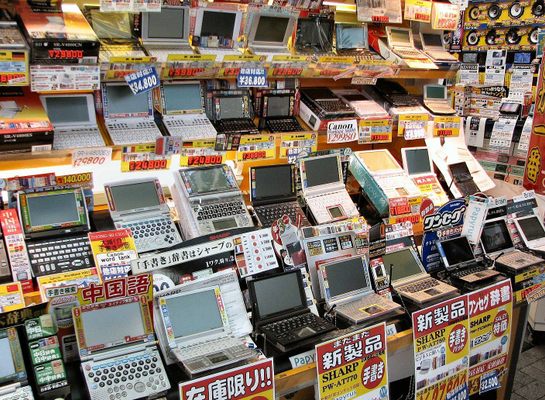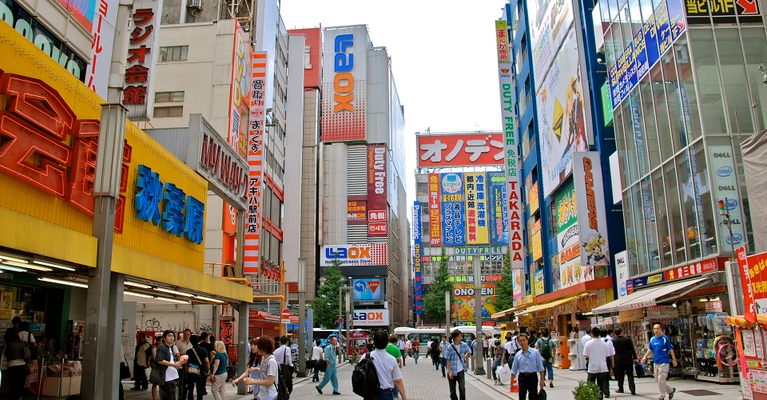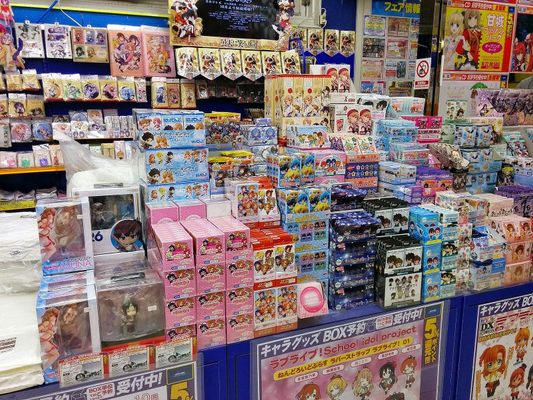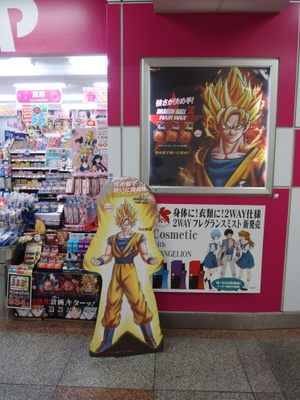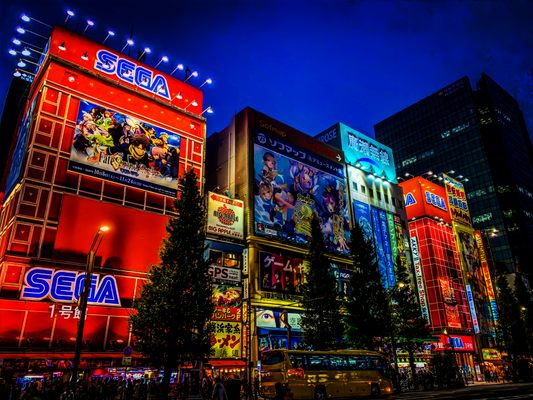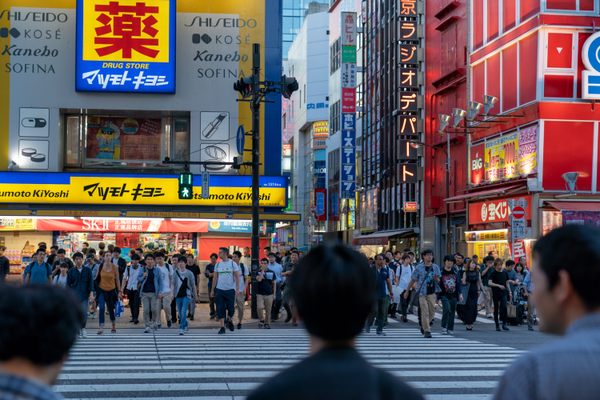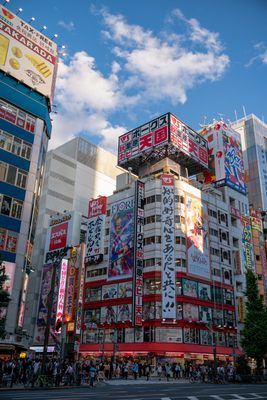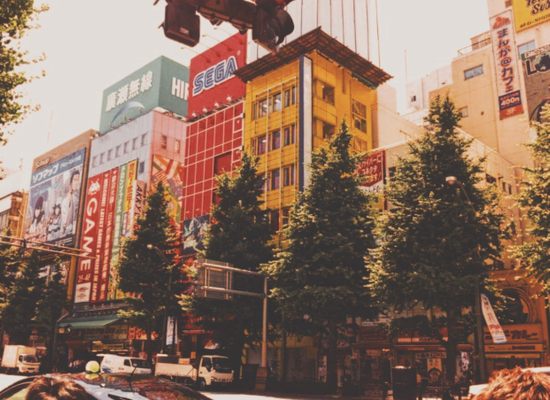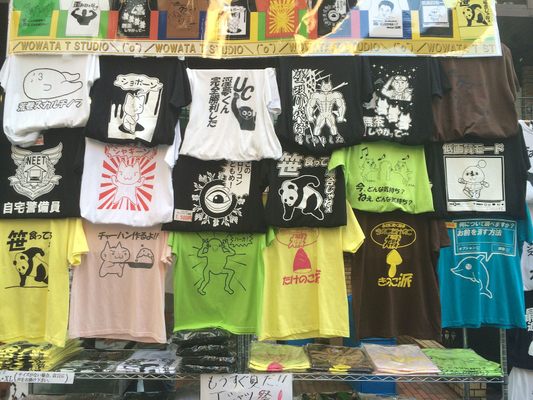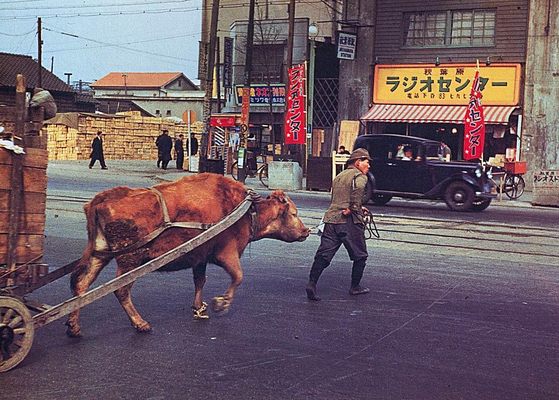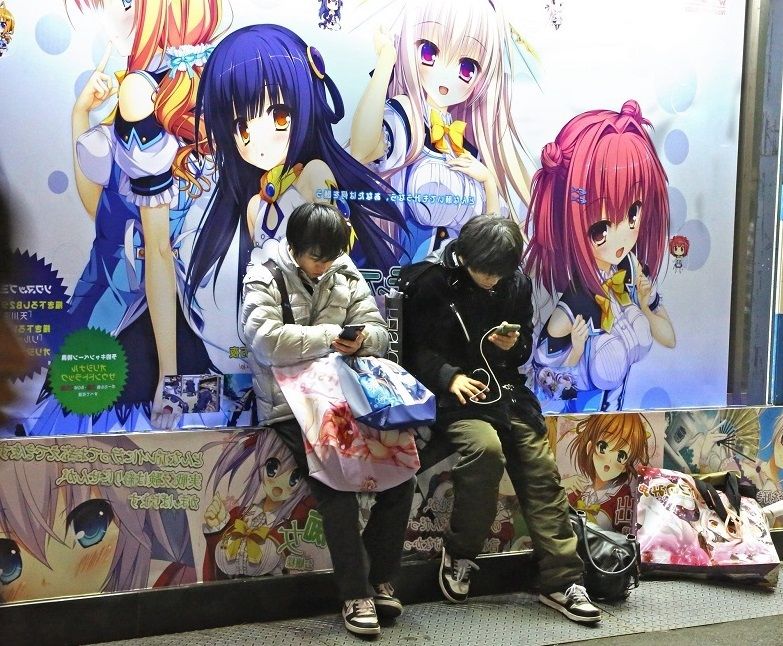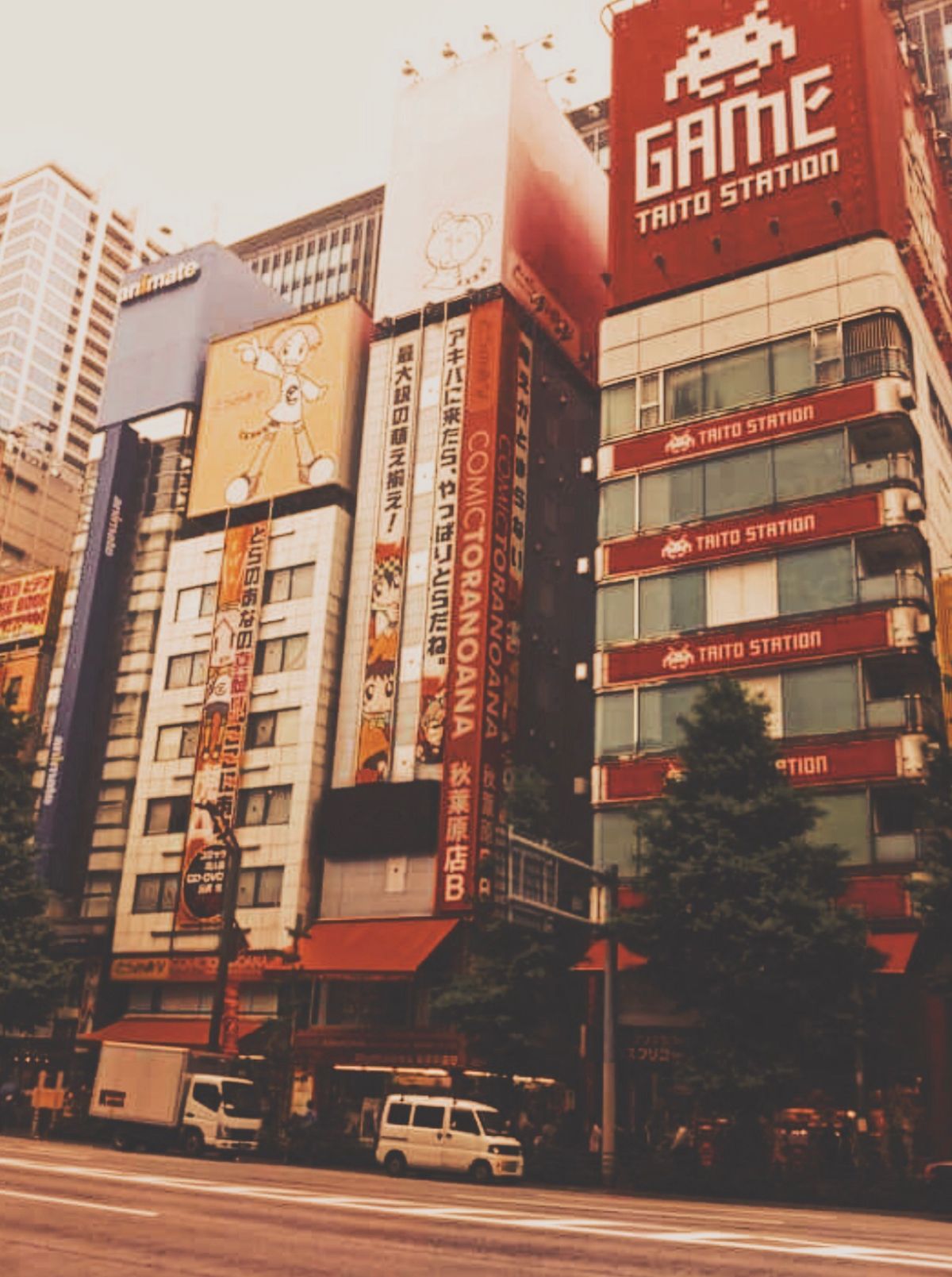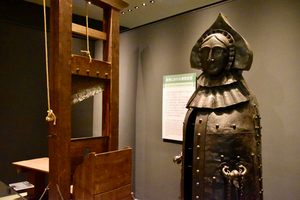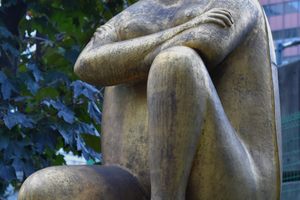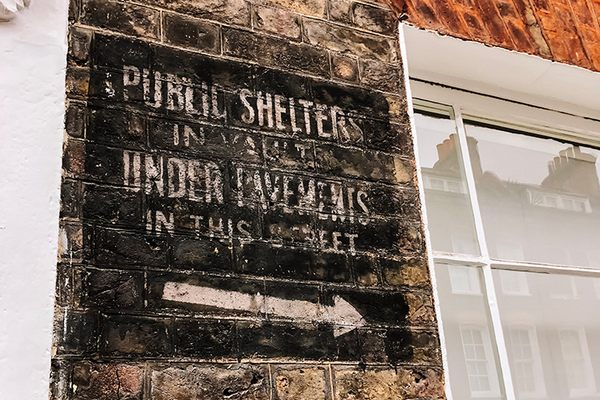About
Originally a gateway used mainly by merchants to enter into Tokyo proper, the neighborhood of Akihabara was born out of a devastating fire in 1869. After the disaster locals began reconstruction with a shrine to a fire protection deity, Akiba. As Tokyo expanded the neighborhood developed, and took the name of the shrine that protected it.
Following World War II, as Japan became more future-focused, Akihabara became known as the place to buy electronic goods of all kinds: radios, television sets, household appliances, many of them sold illegally. Tokyoites knew to head to "Akihabara Electric Town" for all the latest contraptions on the market.
Naturally, when home computers entered the global marketplace, Akihabara was the place to buy them. In the 1980s, paso-kons, personal computers, were a niche hobby. The evolution of the internet over the decades to come meant that otakus (the obsessive fans that have unified into a proud subculture) could create and share at an ever-increasing rate. The neighborhood's wares changed to suit this cultural explosion. Though Akihabara is still the place to go for computers, cell phones, cameras, video games, and other electronic goods, the visual landscape has been dominated by anime and manga aesthetic.
In recent years Akihabara Electric Town has only become more of a consumer's paradise. On Sundays the central Chuo-dori street is blocked off to vehicles. Shoppers flood the streets, crowding into big department stores like Mandarake and Don Quijote as well as tiny independent stalls. In particular, it has become a popular place for teenagers to congregate, especially those visiting from outside Tokyo. Cute, colorful wares are for sale, and cosplayers are everywhere. The popular girl band AKB48, which takes its name from the neighborhood, even runs a restaurant in Akihabara.
Akihabara isn't totally overrun by capitalism though: unsigned, independent artists find the neighborhood useful for hawking their CDs, comic books, and novels to eager buyers on the sidewalk.
Related Tags
Know Before You Go
The address listed is for the Akihabara train station. The neighborhood extends between Kuramaebashi-dori Avenue and the Kanda River from north to south, and between Shohei-Bashi-dori Avenue and the Metropolitan Expressway from east to west.
Hidden Japan: Sado Island, Nara & Kyoto
Explore a different side of Japan.
Book NowCommunity Contributors
Added By
Published
April 5, 2017
